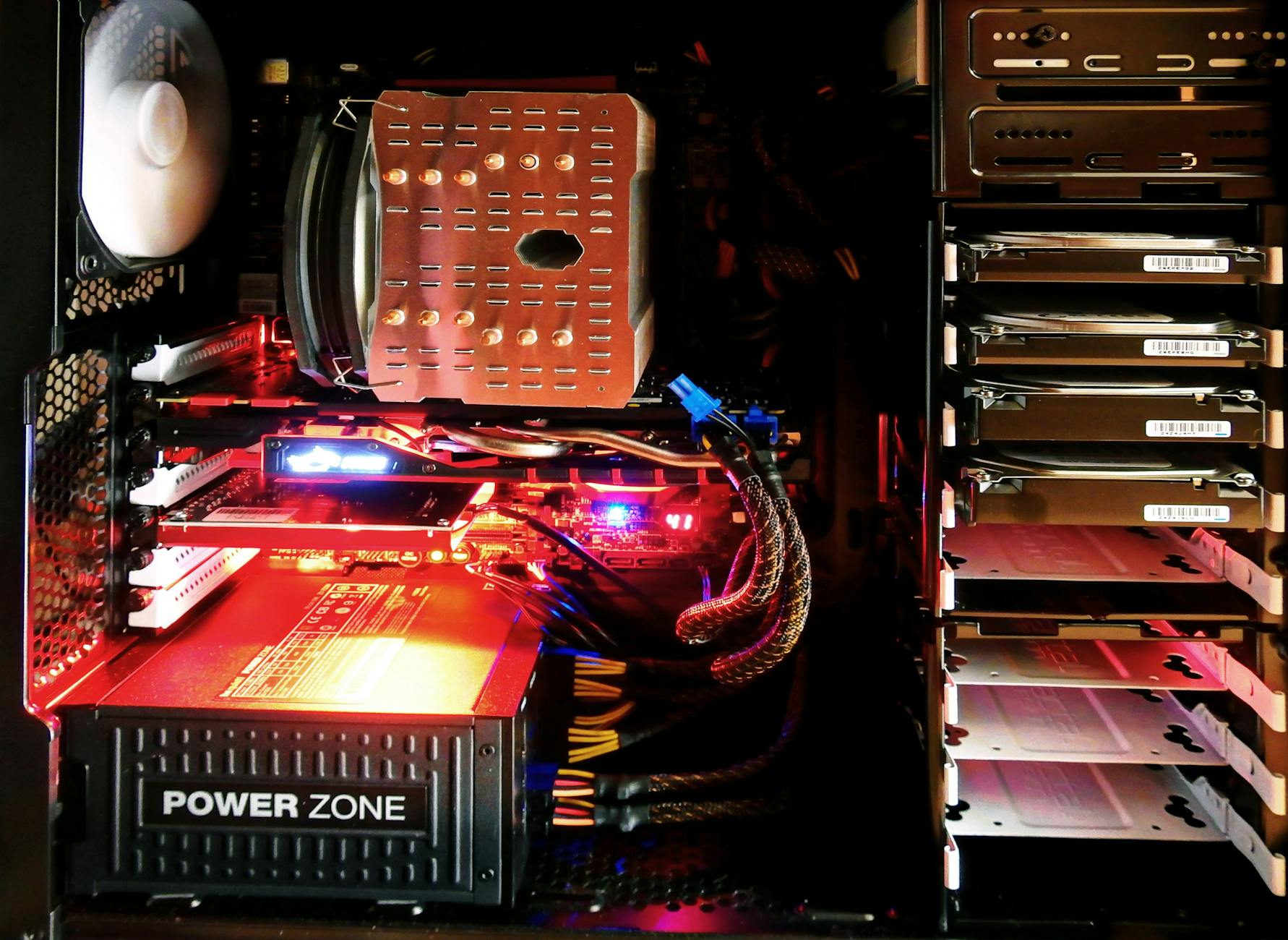CPU, GPU, and NPU: Differences and the Role of NPUs in the Generative AI Era
Introduction: The Basics of Computing Units
In modern computing, various specialized processors have emerged and are used according to different purposes. The main ones are the CPU (Central Processing Unit), GPU (Graphics Processing Unit), and the increasingly prominent NPU (Neural Processing Unit). This article explains the differences among these three processors in an easy-to-understand way for beginners, and dives deeper into why an NPU is still necessary even when using generative AI via cloud APIs.
1. CPU: The Highly Versatile “Brain” Unit
- Role: Sequentially executes general computer instructions such as OS control and application computations
- Characteristics:
- A small number of cores (around 4–16) running at high clock speeds
- A “jack-of-all-trades” that handles all types of tasks in a balanced manner
- Advantages:
- Extremely versatile; can run almost any program
- Ideal for system control and lightweight tasks
- Disadvantages:
- Poor at massive parallel processing; often insufficient for heavy image processing or machine learning
2. GPU: The “Rendering & Compute” Unit Specialized for Massive Parallelism
- Role: 3D graphics rendering, image/video processing, large-scale matrix computations (e.g., ML training)
- Characteristics:
- Equipped with thousands to tens of thousands of small compute units for massive parallel processing
- High memory bandwidth for fast read/write of large datasets
- Advantages:
- Delivers high throughput for deep learning training and inference
- Excels at real-time video rendering and scientific computing
- Disadvantages:
- High power consumption and heat generation
- Not suited to general-purpose CPU tasks or control-intensive workloads
3. NPU: The “Neural” Unit Specialized for AI Inference
- Role: Accelerate inference (prediction) computations for deep neural networks
- Characteristics:
- Hardware optimized for AI-specific compute patterns like matrix and convolution operations
- Enables low power consumption and compact designs, making them ideal for smartphones and edge devices
- Advantages:
- Executes the same tasks more efficiently and with lower power draw than CPUs/GPUs
- Enhances on-device AI performance for real-time translation, face recognition, etc.
- Disadvantages:
- Designed only for inference; unsuitable for training
- Less versatile compared to CPUs and GPUs
4. Generative AI and NPUs: Why NPUs Matter Even with API-Based Usage
With the rise of ChatGPT, image-generation AIs, and other services accessed via cloud APIs, it might seem that you don’t need an NPU on your device if the model runs server-side. However, there are several reasons why NPU-equipped devices are increasingly important:
-
Local Pre- and Post-Processing
- Perform image preprocessing (resize, normalize) or parts of text analysis on-device for higher speed
- Reduces network load and the number of API calls, easing bandwidth constraints
-
Low-Latency User Interaction
- Enable on-device input assistance or real-time UI filtering (e.g., live translation, camera effects)
- Minimizes round-trip delays to the cloud for a smoother experience
-
Privacy & Security Enhancements
- Keep sensitive tasks—like face recognition or personal data processing—entirely on the device
- Lowers the risk of data breaches
-
Offline Operation
- Maintain certain AI functions even when the network is unstable
- Useful for disaster response or operations in remote areas
5. Key Considerations for Adoption and Selection
- Clarify Your Use Case: Determine whether you need high inference throughput or low-power continuous operation
- Platform Support: Look at Android Neural Networks API (NNAPI), Apple Neural Engine (ANE), Qualcomm Hexagon, etc.
- Development Tools & SDKs: Choose frameworks that support NPU-optimized models, such as TensorFlow Lite, ONNX Runtime, or PyTorch Mobile
- Cost & ROI: Weigh increased device cost and development effort against performance gains and operational savings
Target Audience and Expected Benefits
- Mobile App Developers: Gain foundational knowledge to design apps utilizing on-device NPUs
- AI/ML Engineers: Learn methods for speeding up inference and optimizing models for edge devices
- Product Managers: Plan product strategies that blend cloud AI APIs with on-device AI capabilities
Use this guide to select the optimal processors and design architectures that deliver high performance, low latency, and energy efficiency in your AI applications.
Summary
- CPU is for general-purpose tasks, GPU for massive parallel compute, and NPU for AI inference
- Even when using generative AI via API, NPUs accelerate on-device processing for speed and efficiency
- Combine different processors based on your use case to balance cost, performance, and user experience
Consider the potential of NPUs in your device selection and app design in the AI era!
